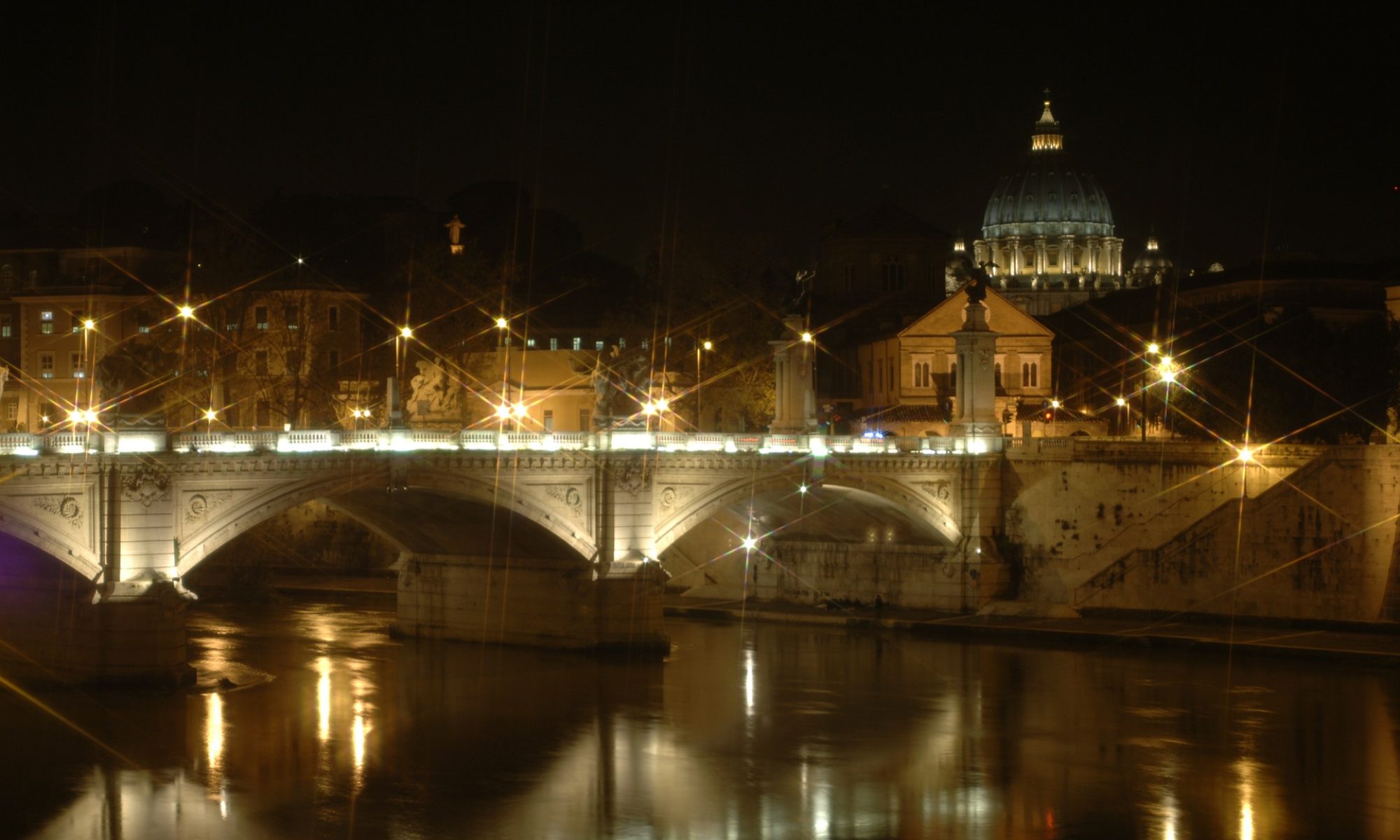Motu proprio (i.e. “on his own impulse”) is a document that comes directly from the initiative of the Pope and which is binding for the Roman Catholic Church. Popes scarcely use motu proprio pronouncements and when they do, its utility underlines the importance of certain decisions they make. Benedict XVI has already employed it in making provisions for the Tridentine Mass to be celebrated everywhere there is a demand for it (2007) and in the prevention of illegal financial activities (2010). The first move was meant to meet the requests of traditionalists whereas the second one was intended to counter wrong practices in Vatican financial affairs. On 11th October 2011, Pope Ratzinger issued another Motu proprio to announce a Year of Faith beginning on 11th October 2012 and ending on 24th November 2013.
A special Year … another one
Roman Catholicism has a unique ability to mark time: holy years (i.e. jubilee years), Marian years, Pauline years, years of faith, etc. all express the willingness to shape time with symbols, themes, events that evoke the “sacredness” of time. The same is true with regard to days, weeks, seasons, etc. The church calendar is stuffed in such a way that it reflects a pervasive worldview which traces time as church-focused and church-centered. In the last Motu proprio, Benedict XVI recalls his predecessor Paul VI who announced a Year of Faith in 1967 when severe criticism mounted against the traditionalist positions of the RC magisterium on sexual ethics. That Holy Year was meant to calm the nerves down and to call for more respectful relationships within the RC church. The coming Holy Year will have a threefold goal: remembering Vatican II, appreciating the Catechism and launching the New Evangelization. By looking backward to Vatican II, the Pope wants to lead forward to the New Evangelization by way of stressing the Church’s well established teaching. These themes will be echoed in the Pope’s catechesis and in special events that will take place during the year.
From Vatican II …
The Year of Faith will commence exactly 50 years after the opening of the Second Vatican Council. Anniversaries are very important for a historical institution like the RC Church. After half a century the interpretation of Vatican II is still disputed in RC circles. Benedict XVI has already stressed the need to apply a “proper” hermeneutic which underlines both the continuity and the discontinuity brought by Vatican II, striking a “catholic” balance between the two and actually showing the inner dynamics and stability of Rome. The two polarizing trends of reformist (left-wing) and traditionalist (right-wing) readings will be shown totally inadequate to come to terms with the legacy of the Council. “Reformation-in-continuity” will be the buzzword of the Year of Faith. However, will Benedict XVI be able to settle the dispute through the Year of Faith?
… through the Catechism of the Catholic Church …
The second event that the Year of Faith will celebrate is the 20th anniversary of the publishing of the Catechism of the Catholic Church. It was Cardinal Ratzinger himself who was behind the project as Prefect of the Congregation for Sacred Doctrine and it is Benedict XVI who is reinforcing its value. The Catechism was meant to provide a universal, comprehensive and authoritative tool for RC teaching.
The overlap of anniversaries between Vatican II and the Catechism is no coincidence. The Pope is saying that the Catechism is the “right” reception and application of Vatican II. All those who tend to pull Vatican II on their side should take the Catechism as the already given fidei depositum (i.e. the deposit of faith) for its right appreciation. There is no Vatican II without the Catechism. Joining together the 1962 and 1992 celebrations in the Year of Faith symbolizes the inherent reciprocity between the two.
… to the New Evangelization
Benedict XVI’s intention in announcing the Year of Faith is both backward and forward looking. At the beginning of the Year in 2012, the Pope has called a Synod of Bishops to discuss the New Evangelization, i.e. the project aimed at reaching the baptized who are far from the Church in order to call them back to the fold. In 2010 he set up a new Pontifical Council entirely devoted to this task and now is encouraging the whole body of bishops to embrace it as a world-wide agenda. The idea is that one of the mature fruits of Vatican II is the New Evangelization and that the theological resource for the New Evangelization is given by the Catechism. This is how the economy of RC tradition works: past events become present-day resources in order to foster the on-going agenda of the Church. The Year of Faith will show what it means for RC to be a living tradition.
Leonardo De Chirico
leonardo.dechirico@ifeditalia.org
Rome, 3rd November 2011
